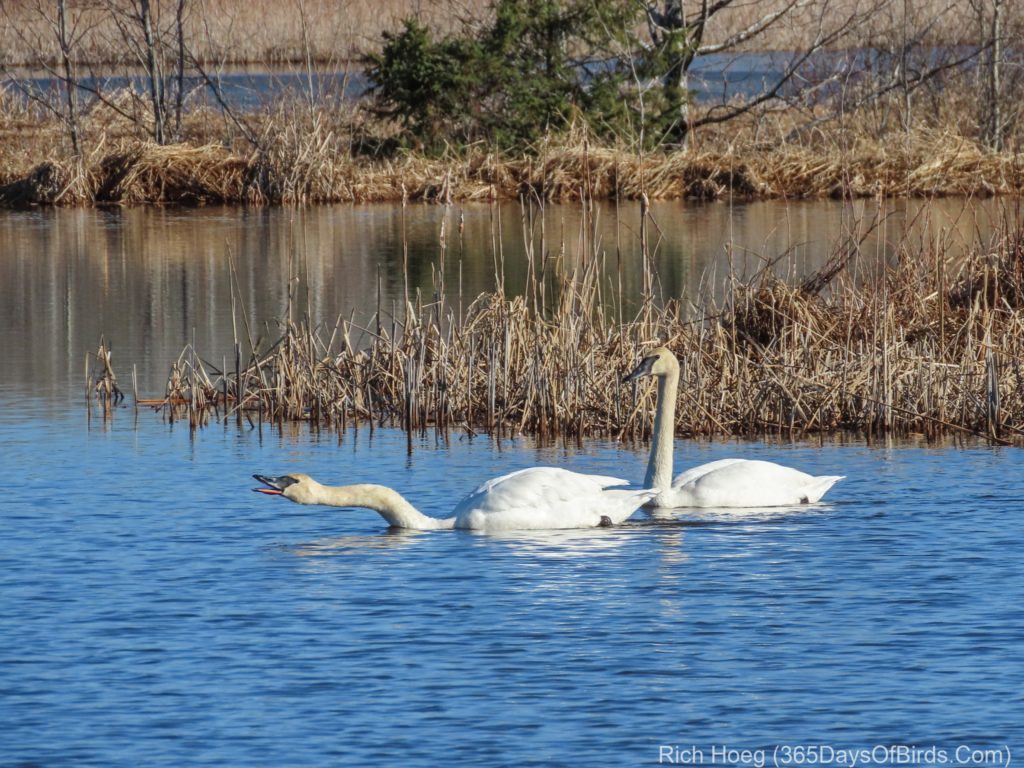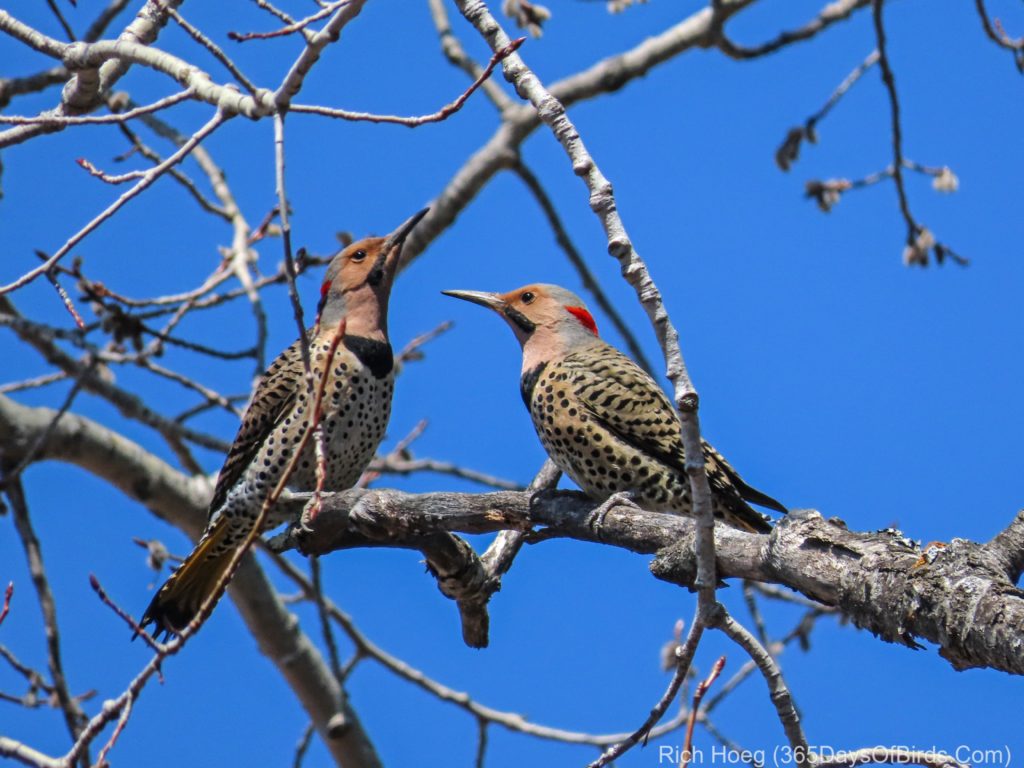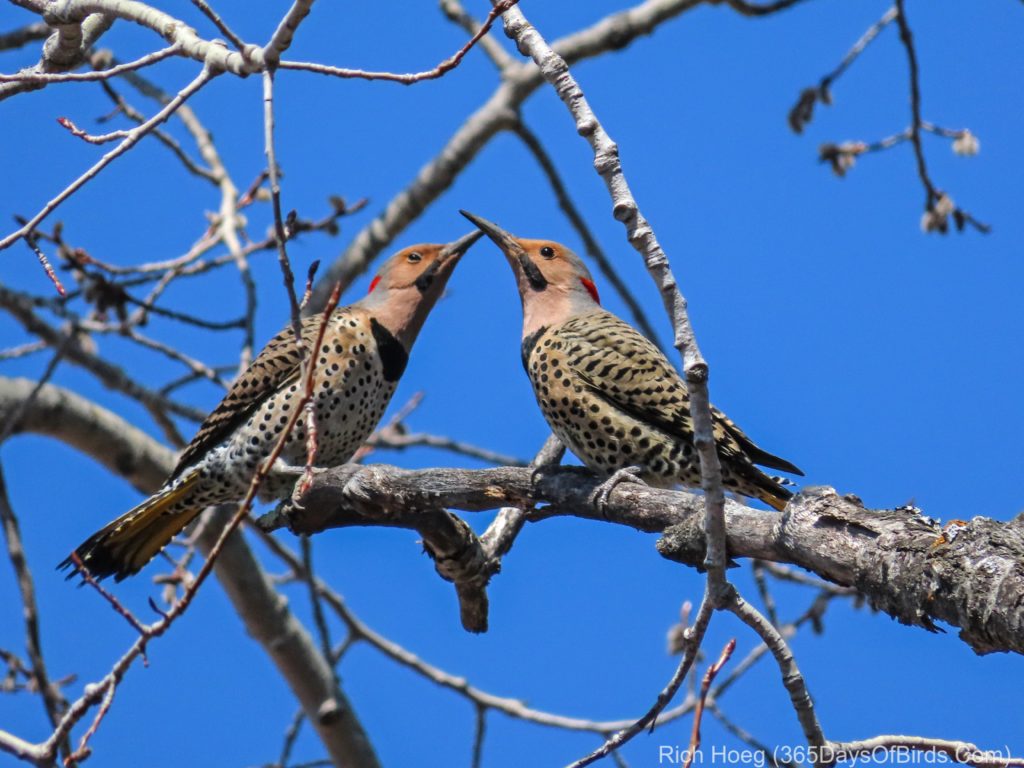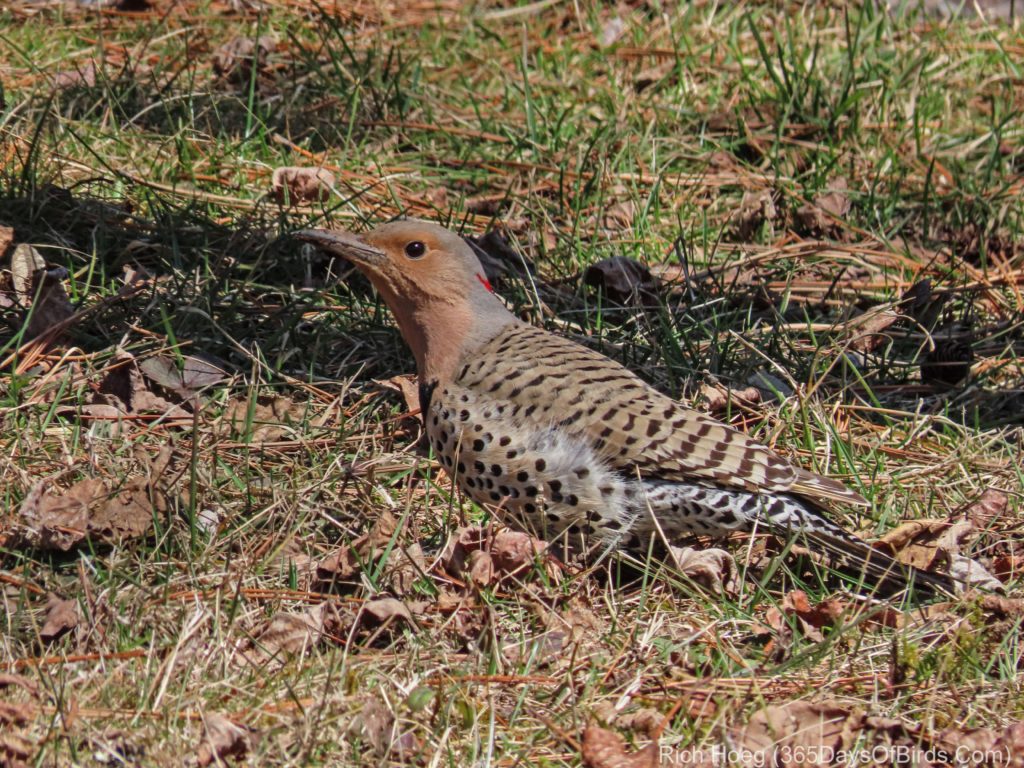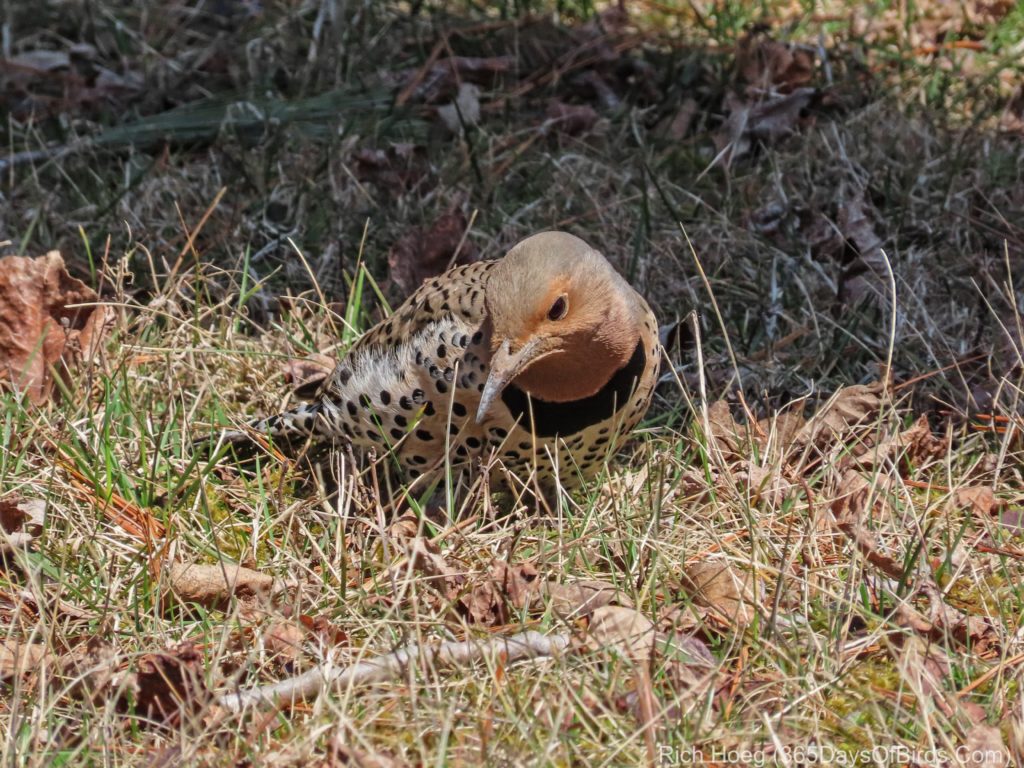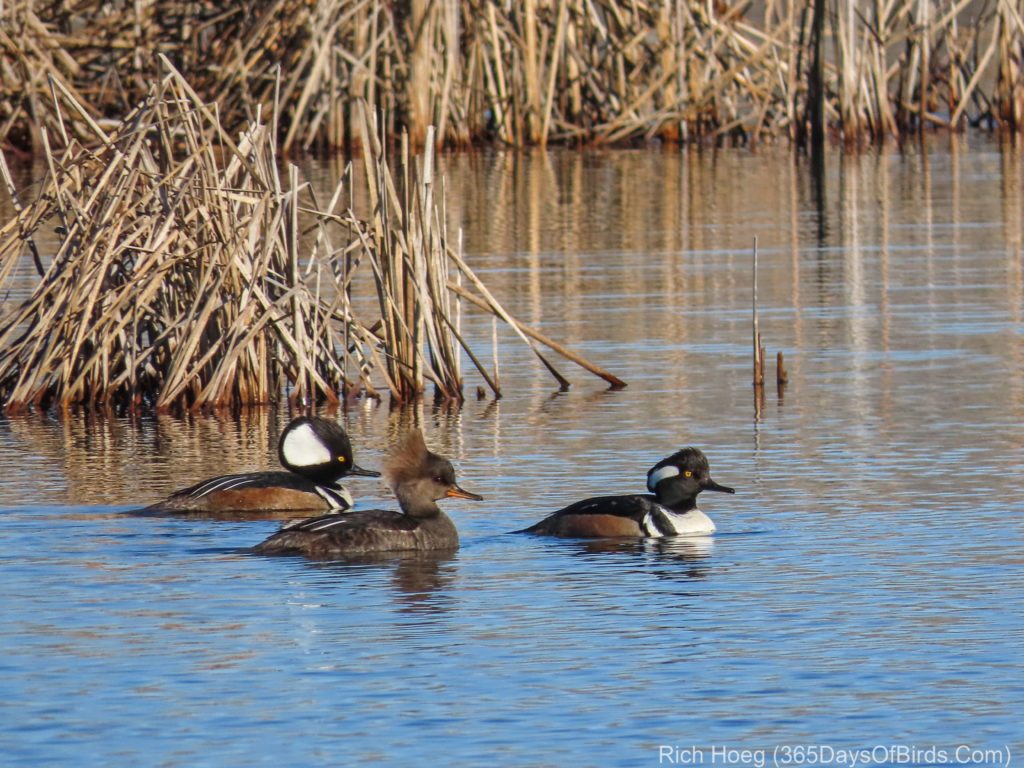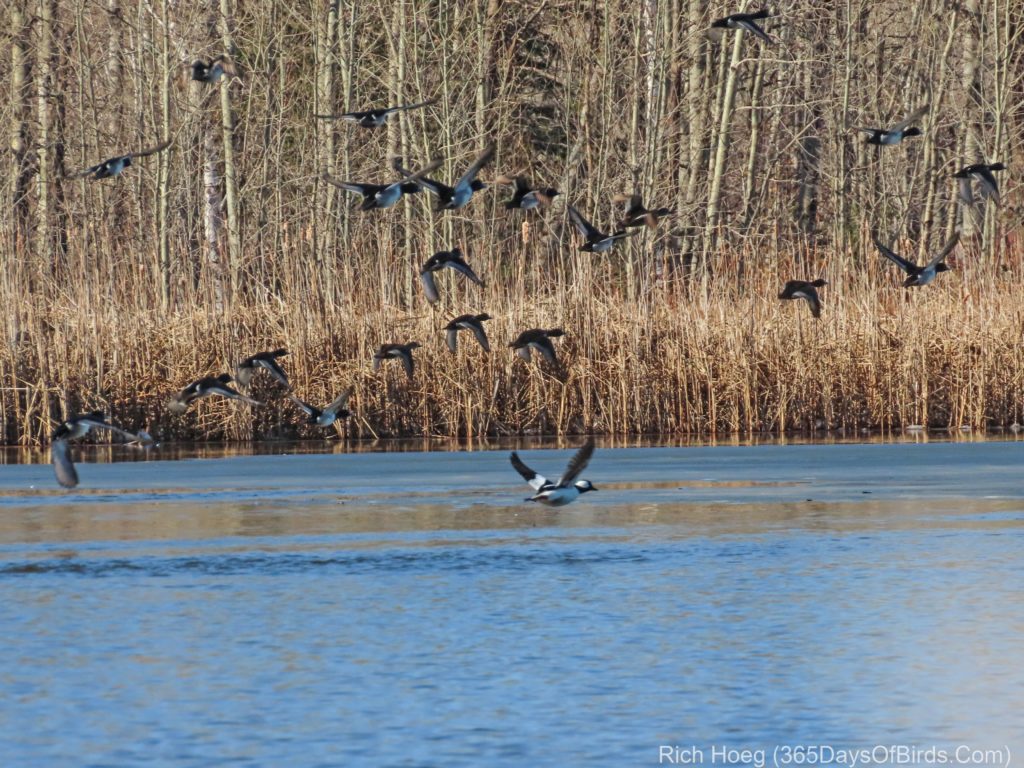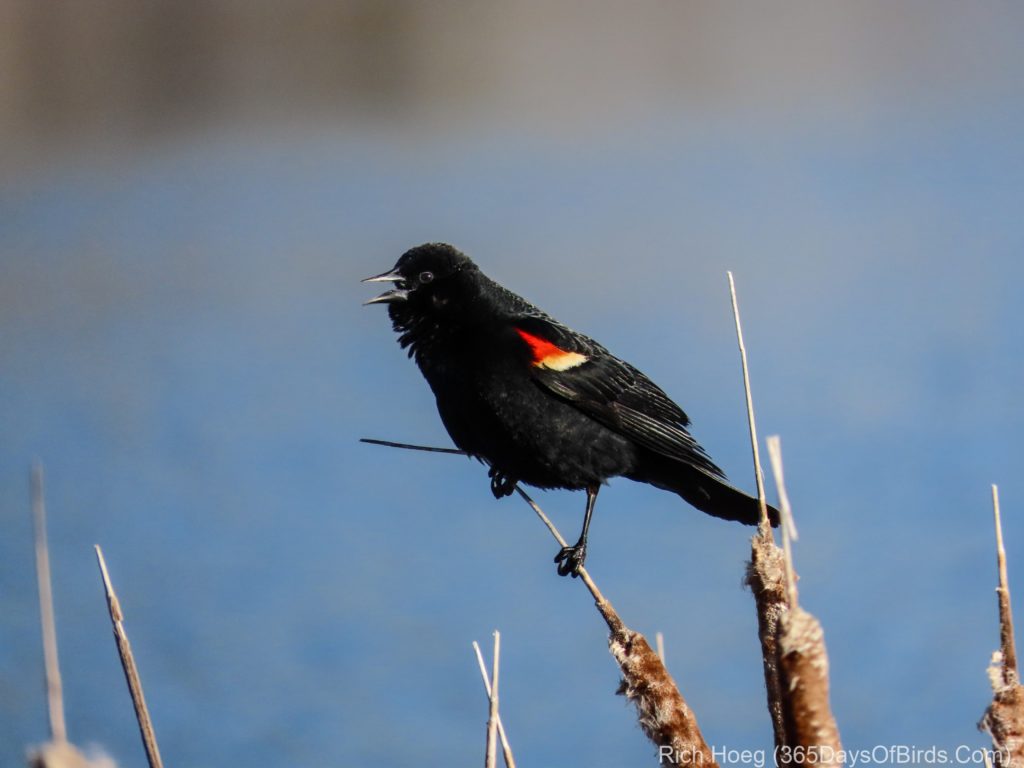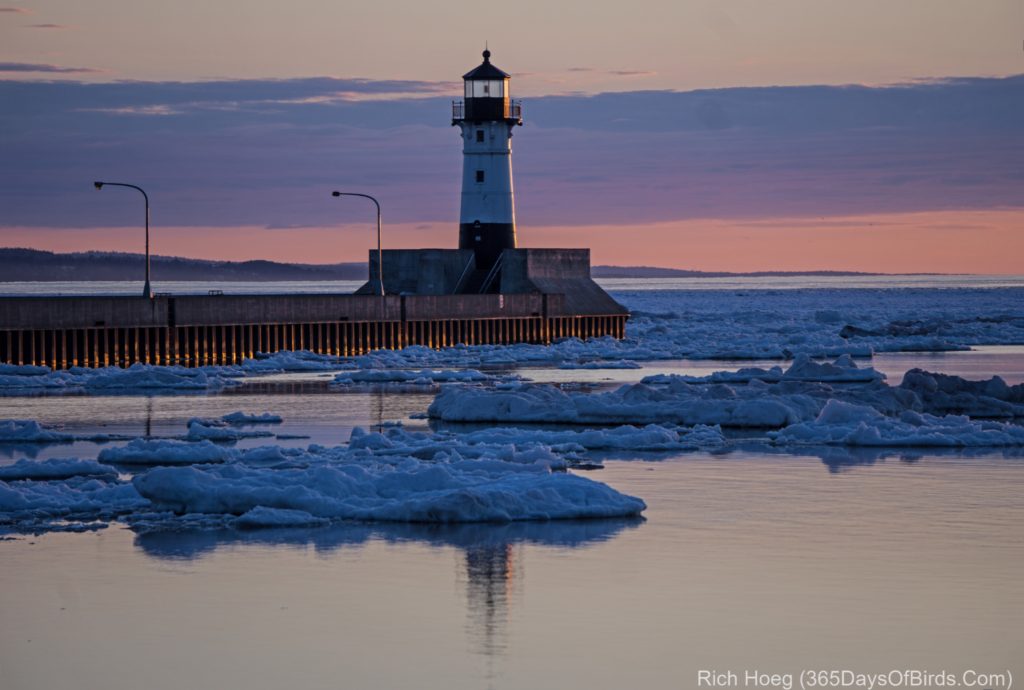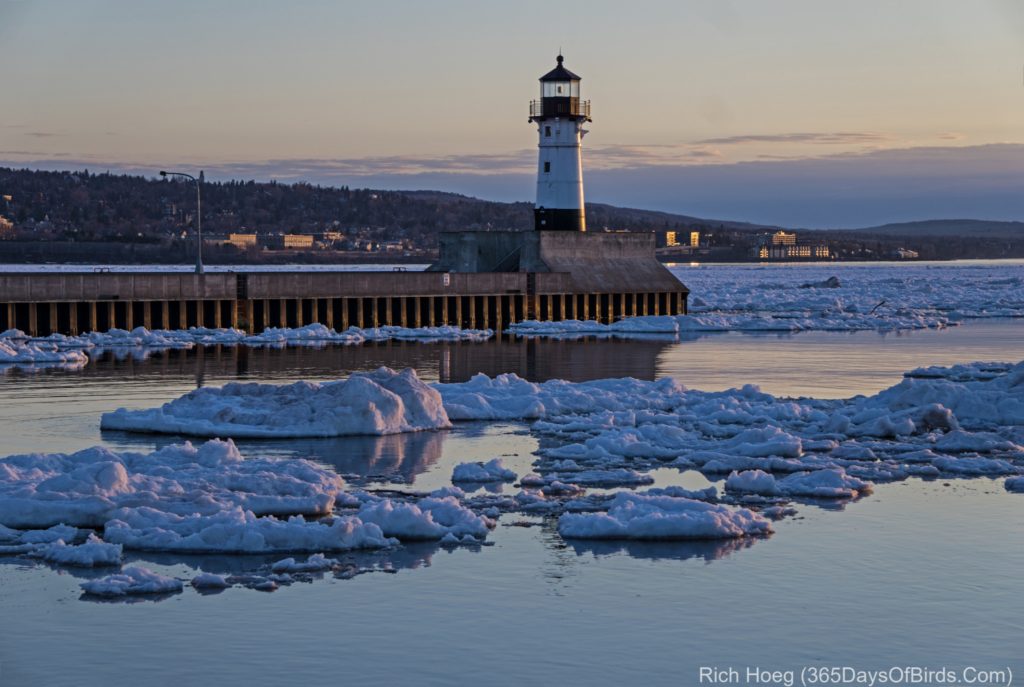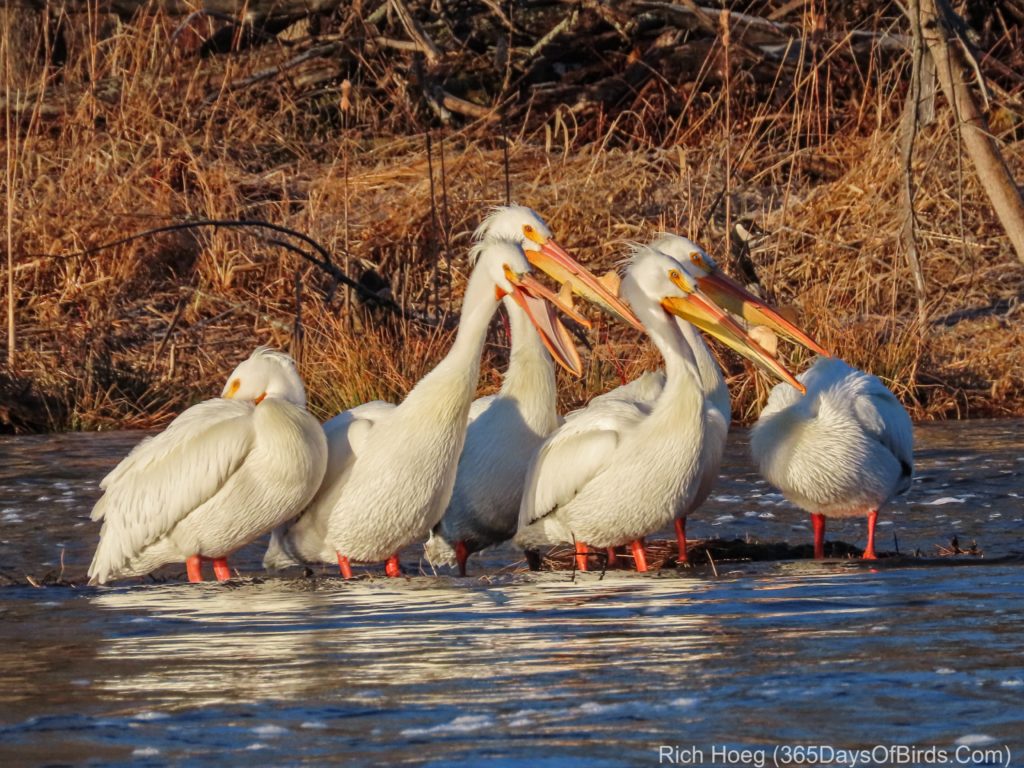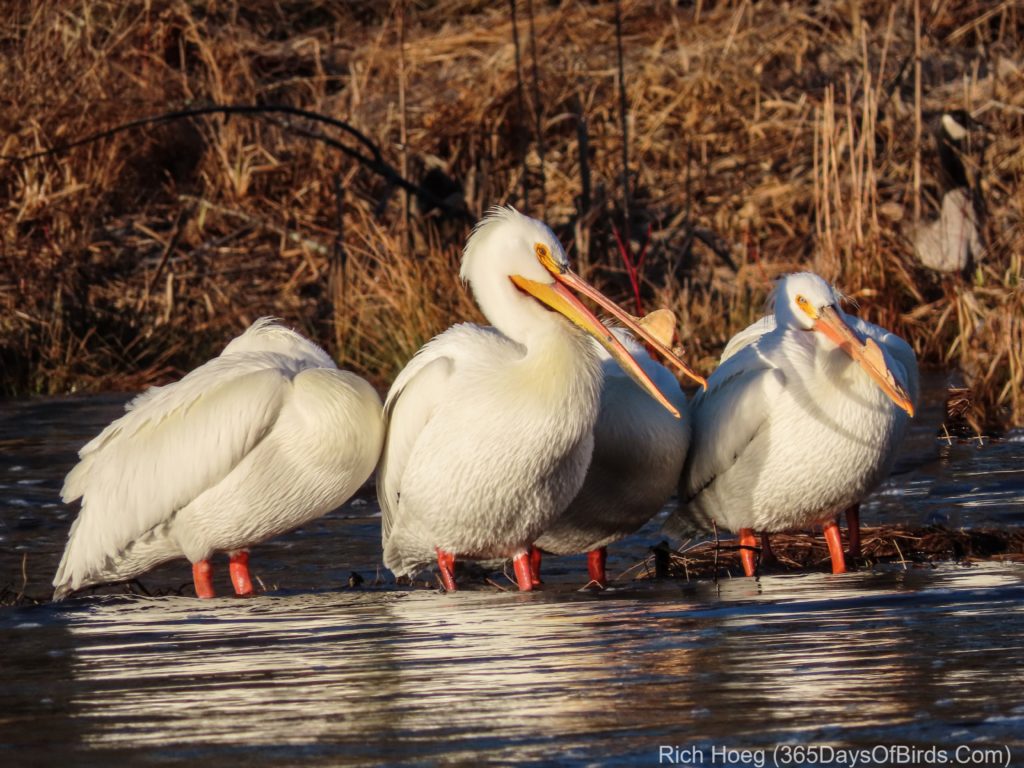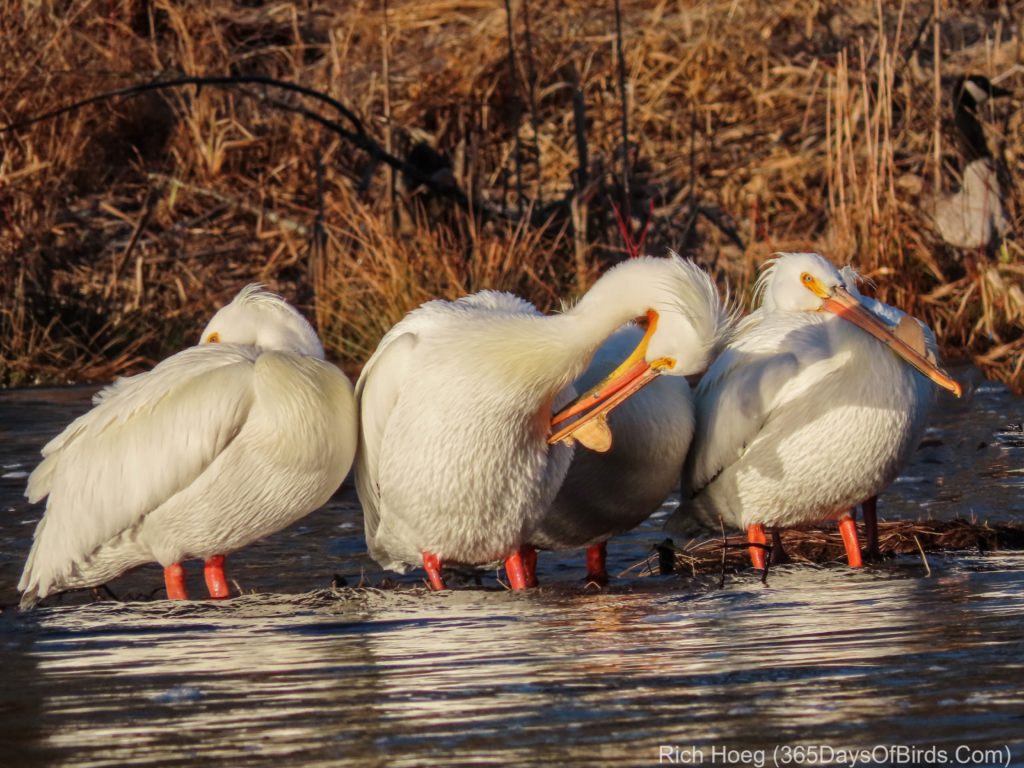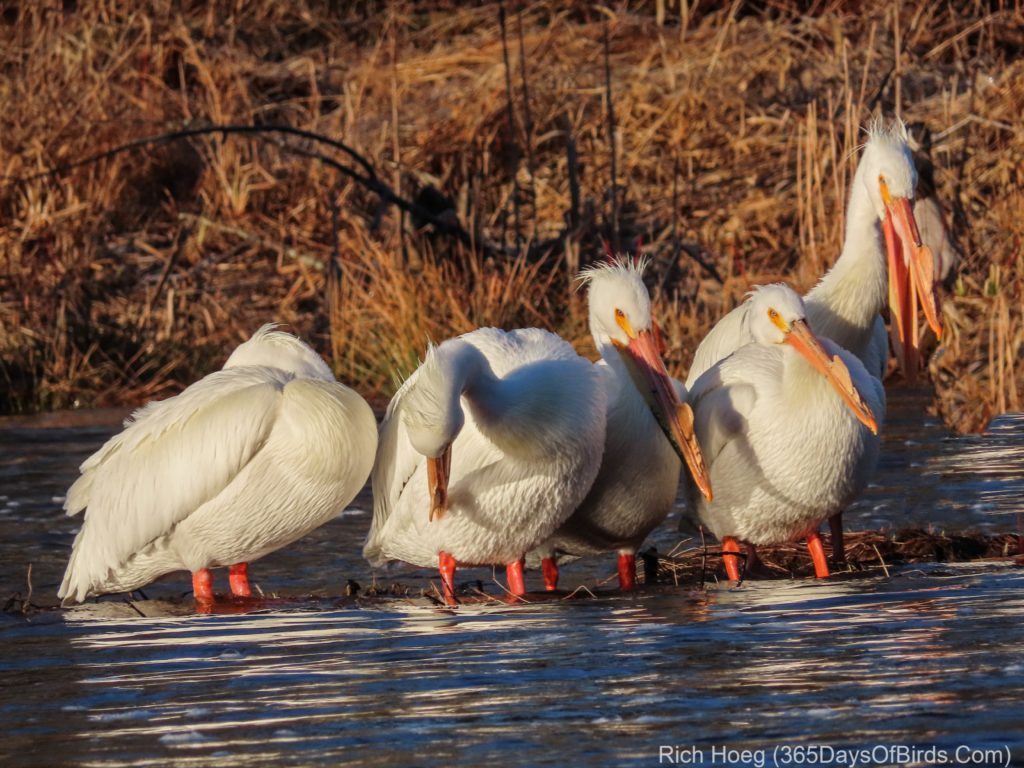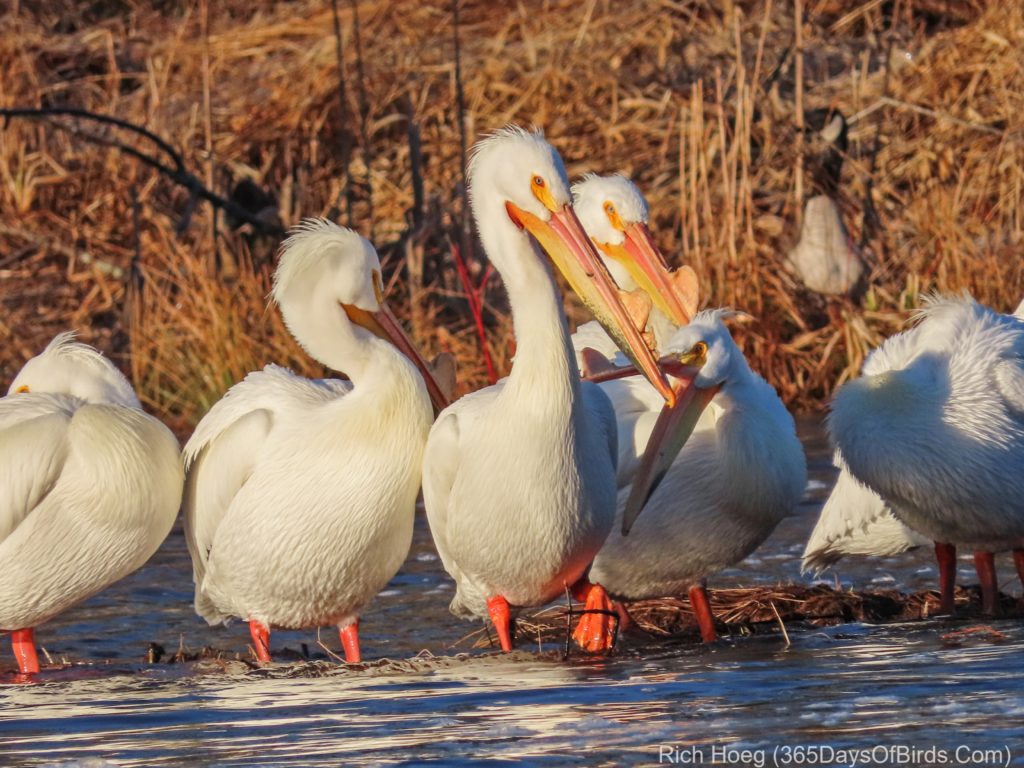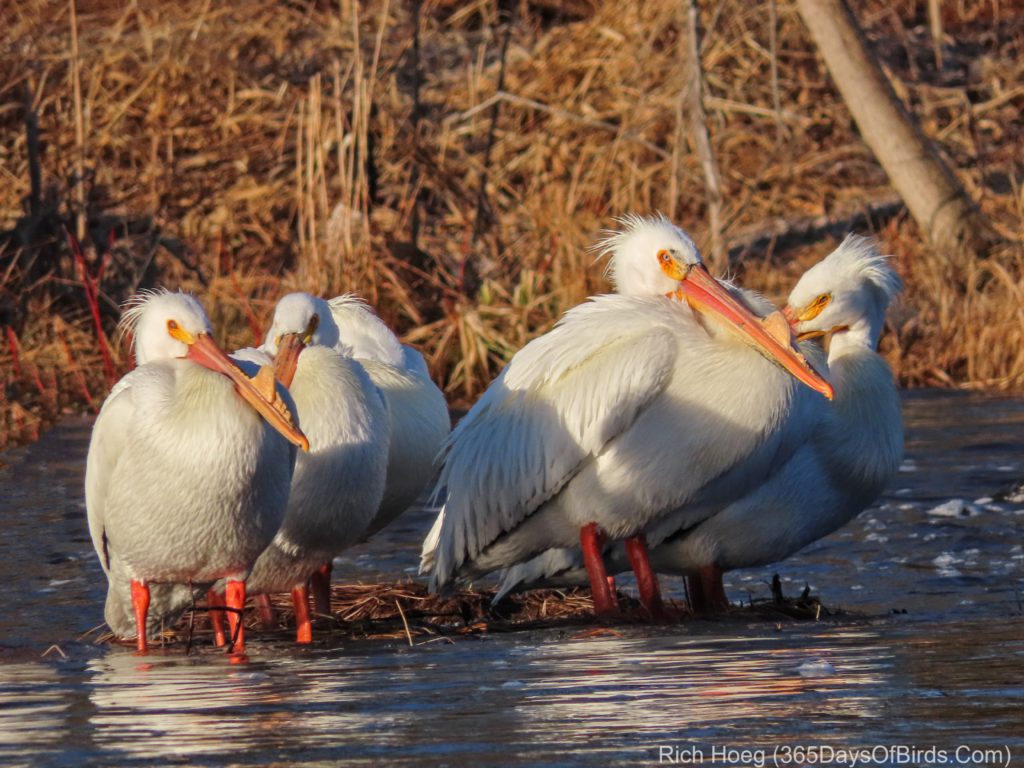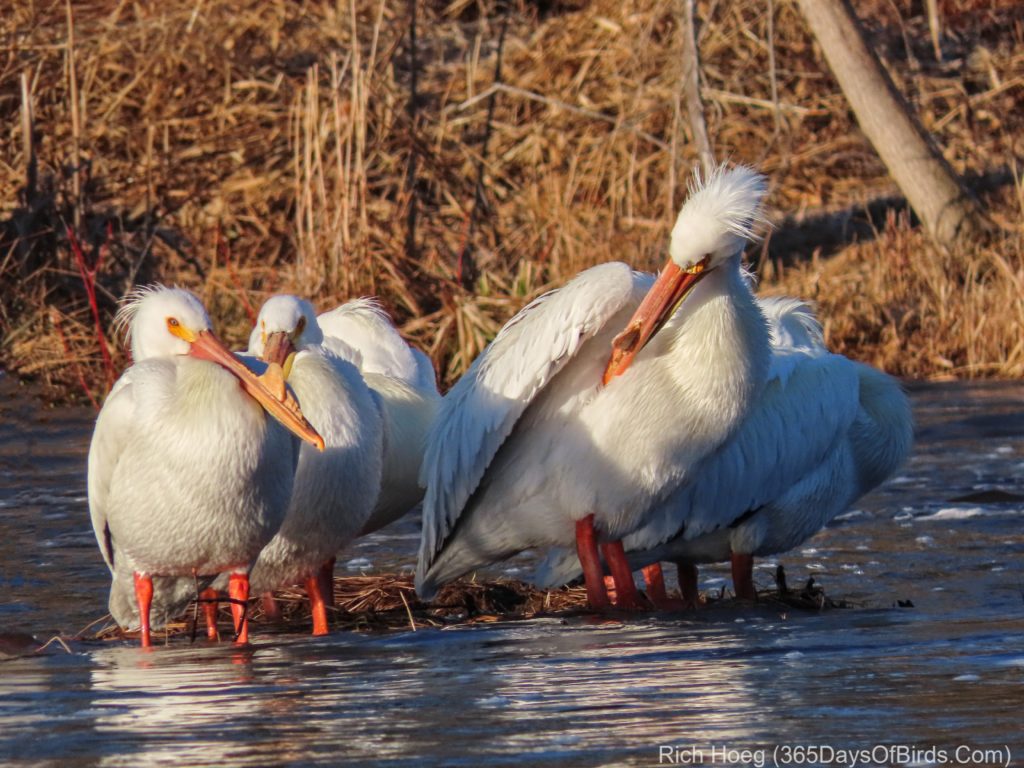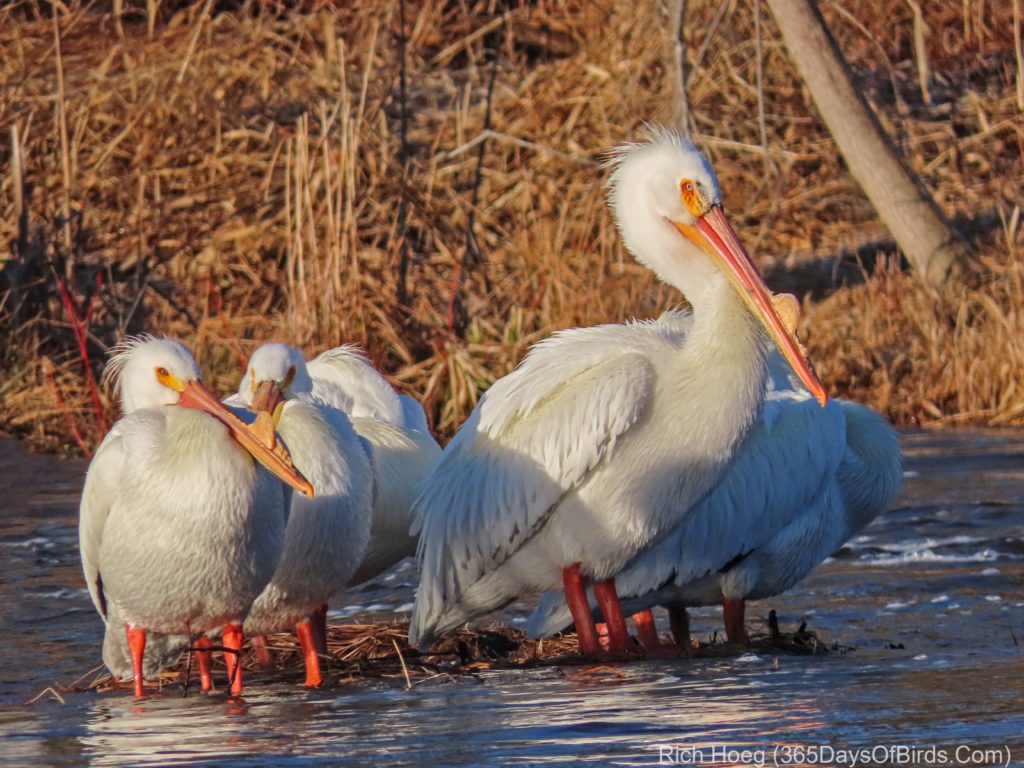During migration not only do I see lots of birds, but the results mean I debate in my own mind all the possible great blog post titles! For instance today’s post could have been:
- Fighting Flickers
or - Migration Madness
However, being a child of the 60’s I could not resist of throwback to Rowan and Martin’s Laugh-In … It’s Sock It To Me Time! (YouTube short compilation) The reason this title works is due to the battling Northern Flickers living in my yard. Since last Thursday, one male has claimed our yard as his territory. Yesterday a female flicker showed up on the scene, but so did another male. The battle has been ongoing … the female sits quietly or feeds while the men posture or scream (sing) at each other and the lady.
Amity Creek Fighting Flickers
The Fight
In addition over the past few days I have visited all of my favorite wetlands. It is worth learning how weather affects you own local area. In northwestern Wisconsin the wetlands have been ice free for over a week. In northeastern Minnesota most ponds are still ice bound. All the lakes in my northeastern Minnesota boreal forest have a thick coat of ice. The primary reason between the two different habitats in terms of when they “turn on” for birding is Lake Superior. In northwestern Wisconsin most winds do not blow across frigid Lake Superior. See yesterday’s post showing ice flows if you do not understand why. These open ponds also mean waterfowl stage in large numbers in this water. My two favorite wetlands are the Johnson Mitigation and MacQuarrie Wetlands. See my birding location page to learn more, including maps / directions. I understand most of my readers do not live in northern Minnesota, use this “real time” migration map from eBird to learn if the migration is “hot” in your local region.
In another sign of spring, I am home this morning for our “prairie grass” burn. Our yard is part forest, part grass. The grassland portion needs to be burned every few years to keep it healthy. My role is actually just to observe the burn, as professionals carry out this task.
Rough Legged Hawks (2 unique birds were hunting … heading north to the Arctic)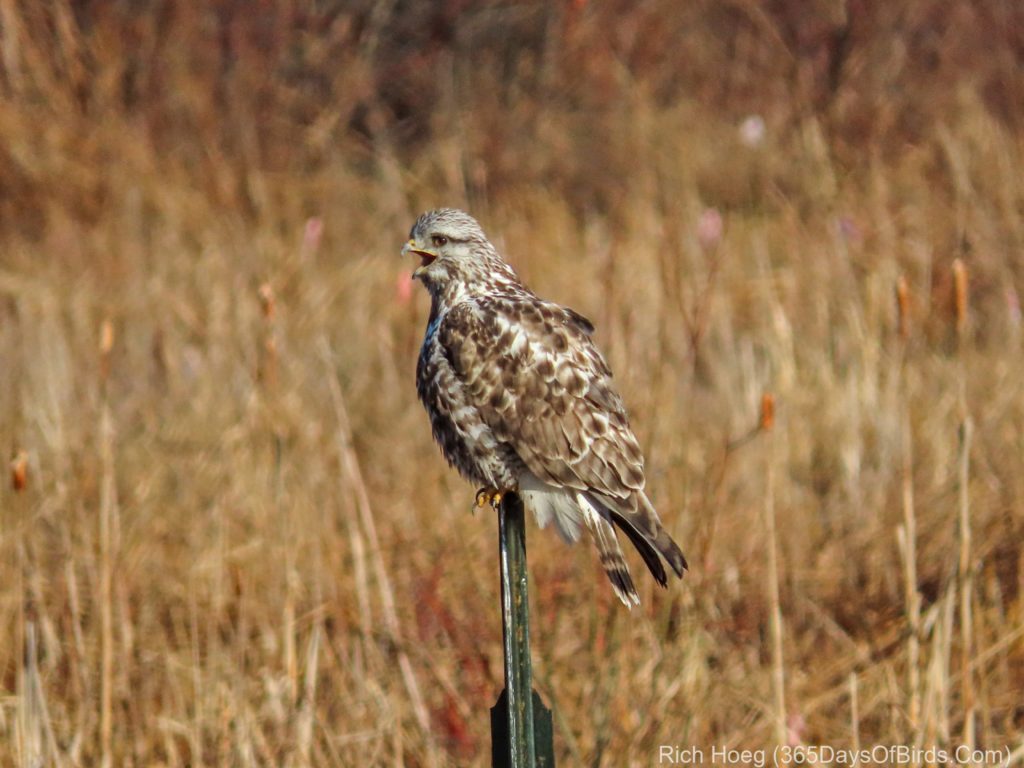
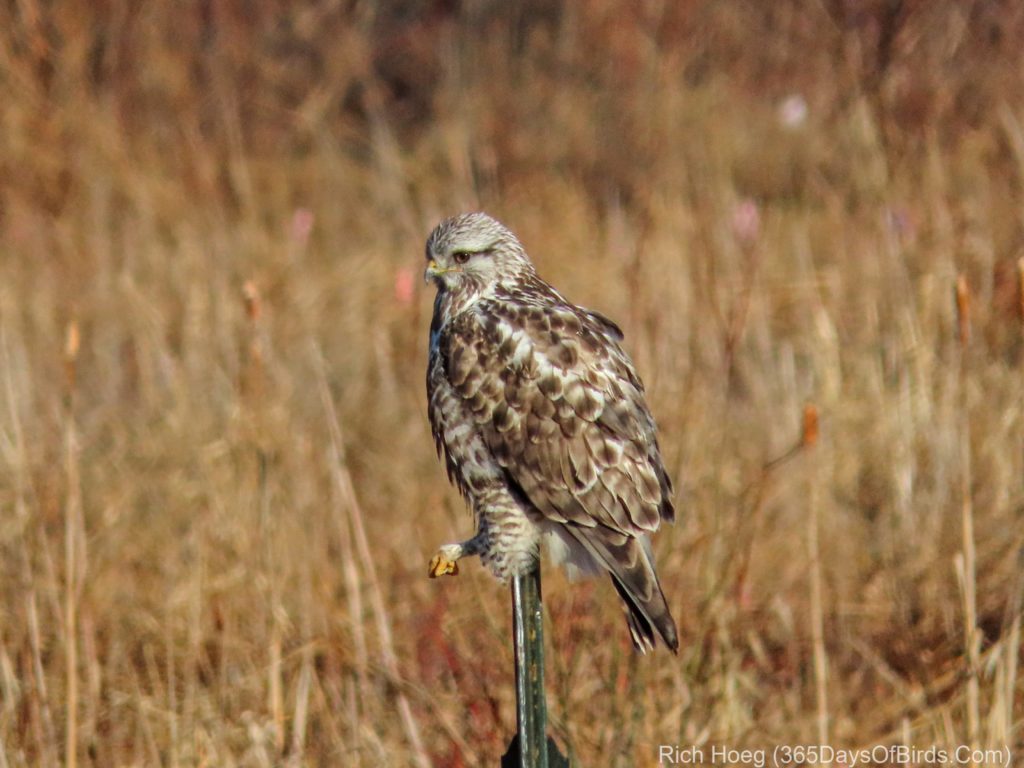
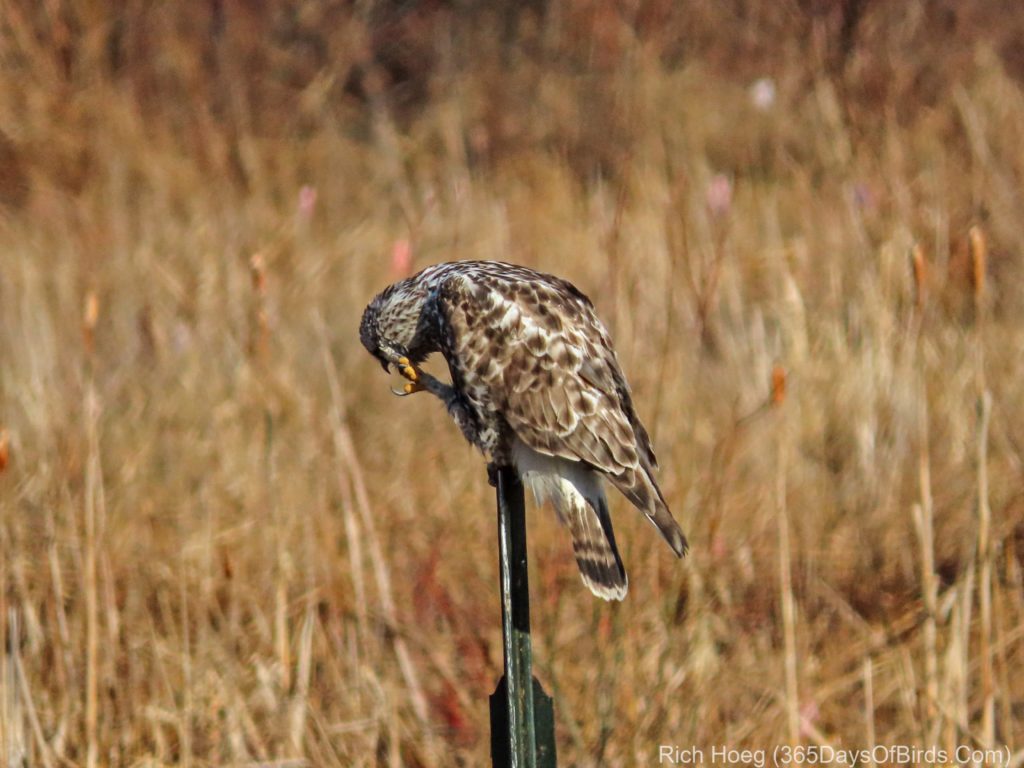
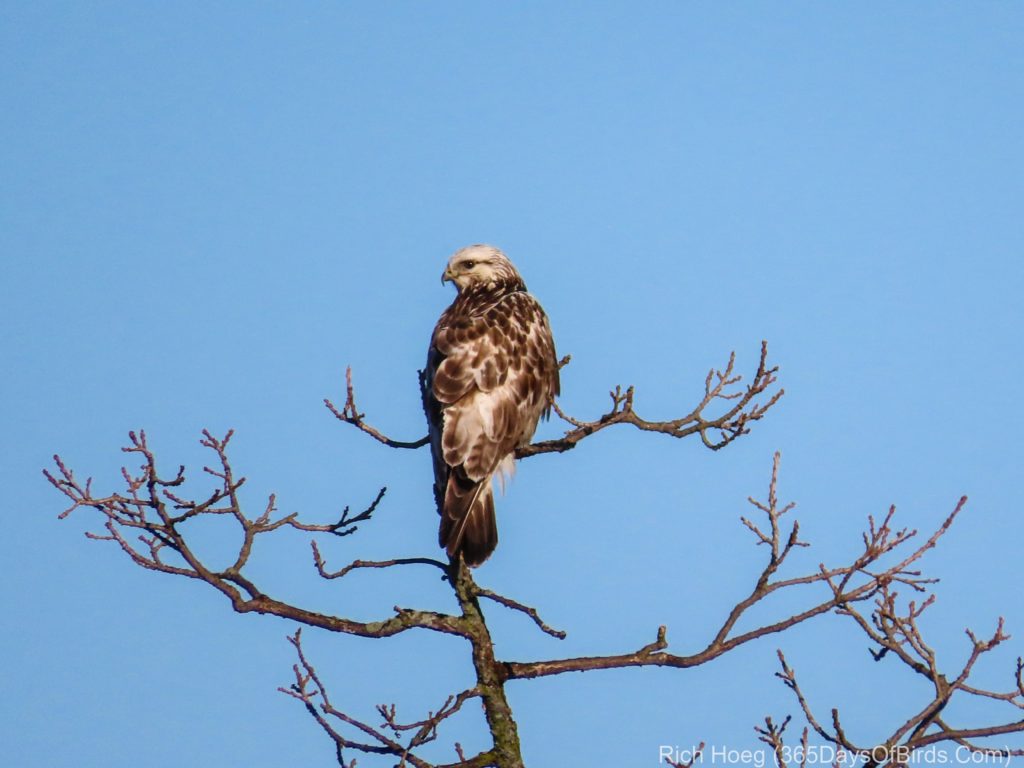
Trumpeting Swans (issuing a challenge to a pair on a nearby pond)